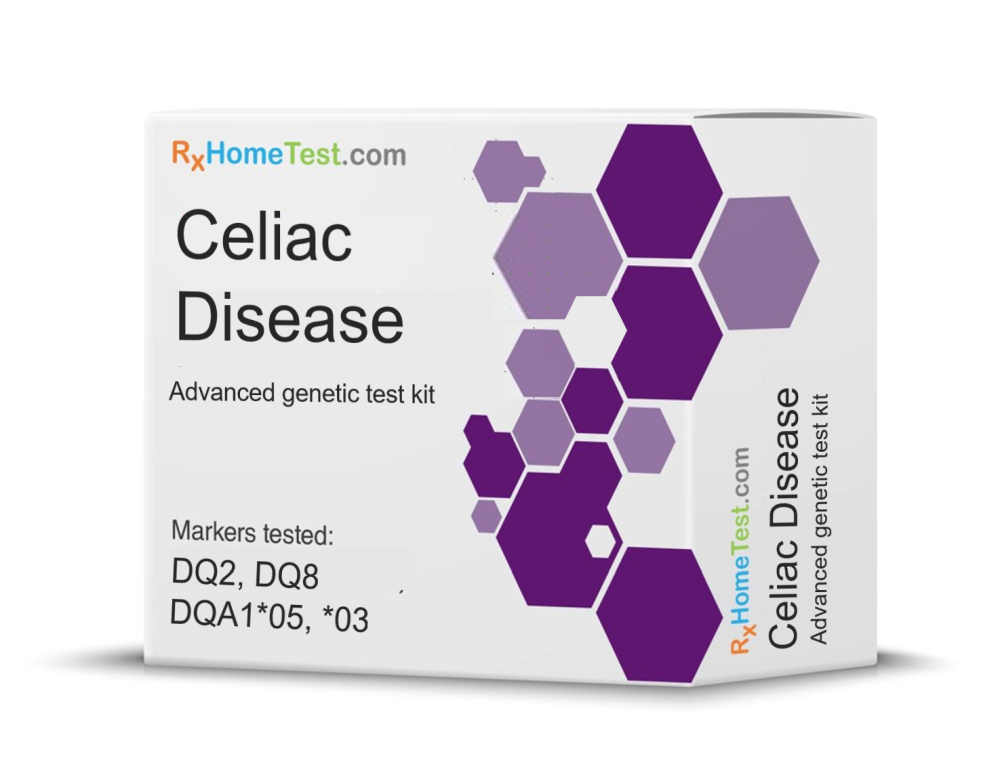
Everyone around us seems to be on a gluten-free diet. Learn more about the history of gluten-free diets and how testing originated. Learning about the impact of gluten free diets can better inform future decisions.
Wheat is the second most produced grain in the world after corn.
From bread, pizza, pasta to tortilla, wheat is ubiquitous. Even desserts, dressings, and soups—items usually not associated with grains—often contain plenty of wheat to enhance flavor, texture, or taste.
Wheat was first cultivated over 10,000 years ago in modern day Turkey; today, it is grown throughout the world. Over the centuries, many varieties have evolved, depending on their unique qualities that are prized by millers, bakers, and farmers.
As a staple food for billions of people today, it can be hard to believe that something this common can cause as debilitating a disease as celiac.
The high prevalence of wheat might be one reason it took centuries before celiac could be attributed to gluten from wheat, barley and rye. There weren’t many choices if one couldn’t eat what the baker supplied.
It has only been about fifty years since wheat was first implicated unequivocally in celiac; although first description of the disease go back almost two thousand years to ancient Greece.
First conclusive steps to correlate wheat with celiac disease came from a Dutch physician, Willem-Karel Dicke. A gifted pediatrician from The Hague, Dicke noticed that once bread was eliminated in children's diet, symptoms improved. His records from 1930s demonstrate clear benefits of a bread-free diet, and these children grew normally after careful control of their diets.
World War II provided Dicke a natural experiment. Towards the end of war, in December 1944, The Netherlands faced hunger and starvation. American planes dropped loaves of bread all over the country to avoid a catastrophe. Dicke noticed that during the war, though health of Dutch population had deteriorated, children with celiac did surprisingly well. However, after this incident, a sudden deterioration in their health confirmed his suspicion: wheat bread was linked to celiac.
In his 1960 thesis, Dicke meticulously demonstrated that a rotation of diet, free from wheat, rye and oat meal, helped children digest fat and improve their symptoms. This was the first unequivocal demonstration of gluten free diet for celiac. Dicke, and his colleagues JH van de Kamer and HA Weyers, scientifically proved that such a diet could keep celiac patient healthy for long periods.
They observed that gliadin—an alcohol-soluble component in the otherwise water-insoluble portion of gluten—was responsible for causing celiac symptoms. Moreover, abdominal pain was caused by the children's inability to digest fats.
Few years later, invention of intestinal biopsy provided first visual confirmation, that celiac damages the intestinal lining.
For this work, Dicke was nominated for Nobel prize but he passed away in 1962 from a brain hemorrhage. The prize is given only to those still alive.
Dicke’s work motivated researchers to develop a simple blood test for direct assessment of the disease.
In early 1980s, two independent groups discovered the antibodies produced in response to gluten, paving the way for a simple and inexpensive blood test for celiac. The tissue trans-glut-aminase antibody test for celiac is a highly sensitive test that can be performed with a simple finger prick sample.
Few years after the human genome project was launched, the genes responsible for celiac were identified.
Today, close to forty such genes have been identified. However, almost everyone with celiac disease has some combination of the two genes (DQ2, DQ8). These findings have enabled early screening of the disease, especially among family members of confirmed celiac cases.
A celiac genetic test is easy. It can be performed with a simple cheek swab, without requiring any blood.
A negative genetic test is very valuable: the disease is rarely observed in those testing negative for these genes.
However, a positive result is no guarantee to have celiac, which suggests we still have a long way to go in understanding the disease completely.
Dicke, and the Greek pioneers, didn’t have modern tools at their disposal, but their perseverance and meticulous scientific methods have allowed much better understanding of the disease. There is no cure for celiac today, but a gluten-free diet, developed from Dicke’s work, can provide a quality of life as normal as one could possibly imagine. Building upon the history of the gluten-free diet can help us better understand celiac disease in the future.

Order an At-Home Celiac Genetic Test.
What is Celiac? History, Present and Genetic Risk - A detailed look at celiac.
The Differences Between Genetic and Antibody Celiac Tests - And which one to order.
Five Negative Impacts of the Gluten-Free Trend - going gluten-free may not always be the right answer.
Genetic Testing and Disease Inheritability – role of genetics on health.
Sensitivity to Food – Allergy, Intolerance, and Celiac Disease - a comprehensive review.
Replacement Grains for Gluten-Free Diets - brief explanation of few grains to consider.